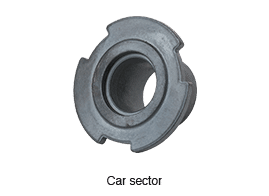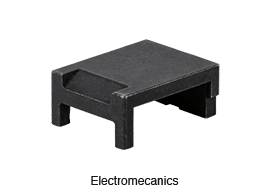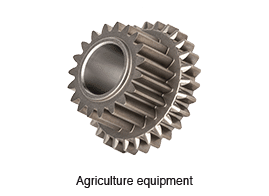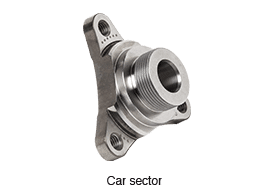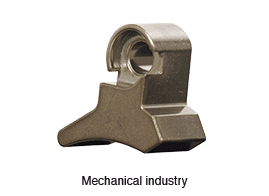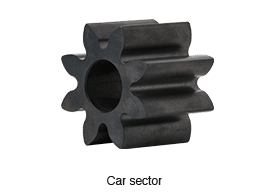Sintering technology
Particularly suitable for medium and very large production runs
Unlike traditional metallurgical processes, which involve the solidification of molten metal, sintering begins with metal powder.
The first self-lubricating rings appeared around 1908, followed by the adoption of sintered mechanical parts in the automotive industry in 1935.
Powder metallurgy, or sintering, enables the production of parts with high geometric precision, ranging from a few grams to several hundred grams, and capable of withstanding significant mechanical stress.
Sintering is particularly ideal for medium to large-scale production runs.
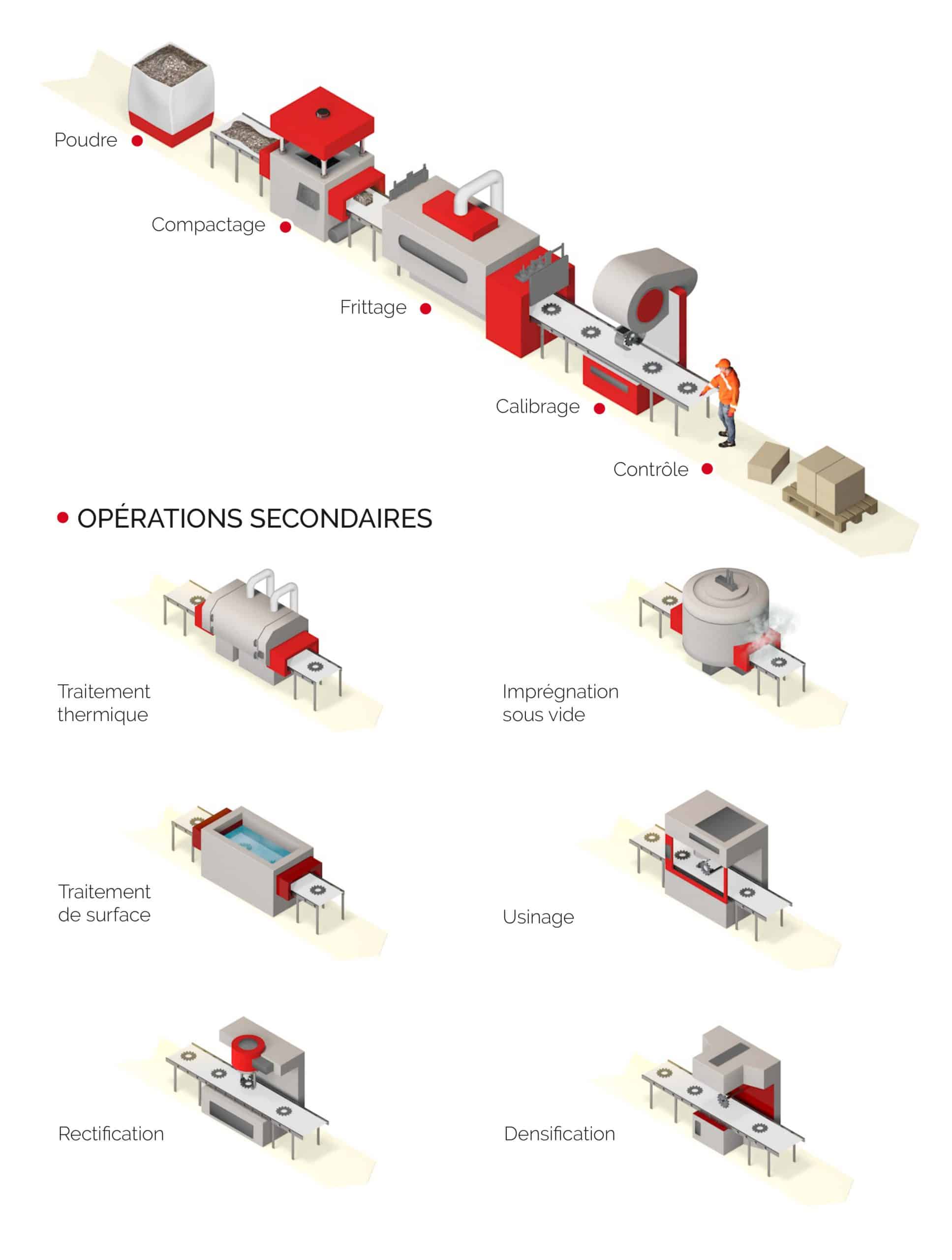
Compaction or Compression
Sintering
From a practical perspective, the sintering operation must meet three key objectives:
- Impart the required mechanical properties (strength, hardness) to the compacted part.
- Preserve maximum dimensional accuracy (nominal dimensions and tolerances).
- Be as cost-effective as possible.
Sintering temperatures typically range from 1120°C to 1135°C, although certain parts require high-temperature sintering between 1200°C and 1350°C, under a protective atmosphere. The sintering atmosphere is tailored to the specific material of the part.
Sizing
The sintering process can result in increased dimensional variation and shape defects. If the sintered part no longer meets the required specifications, it may be necessary to use a calibration press to correct these issues.
Secondary operations
- Machining
- Correction
- Deburring
- Densification
- Thermal treatment
- Surface treatment
- Impregnation
- Vacuum impregnation

